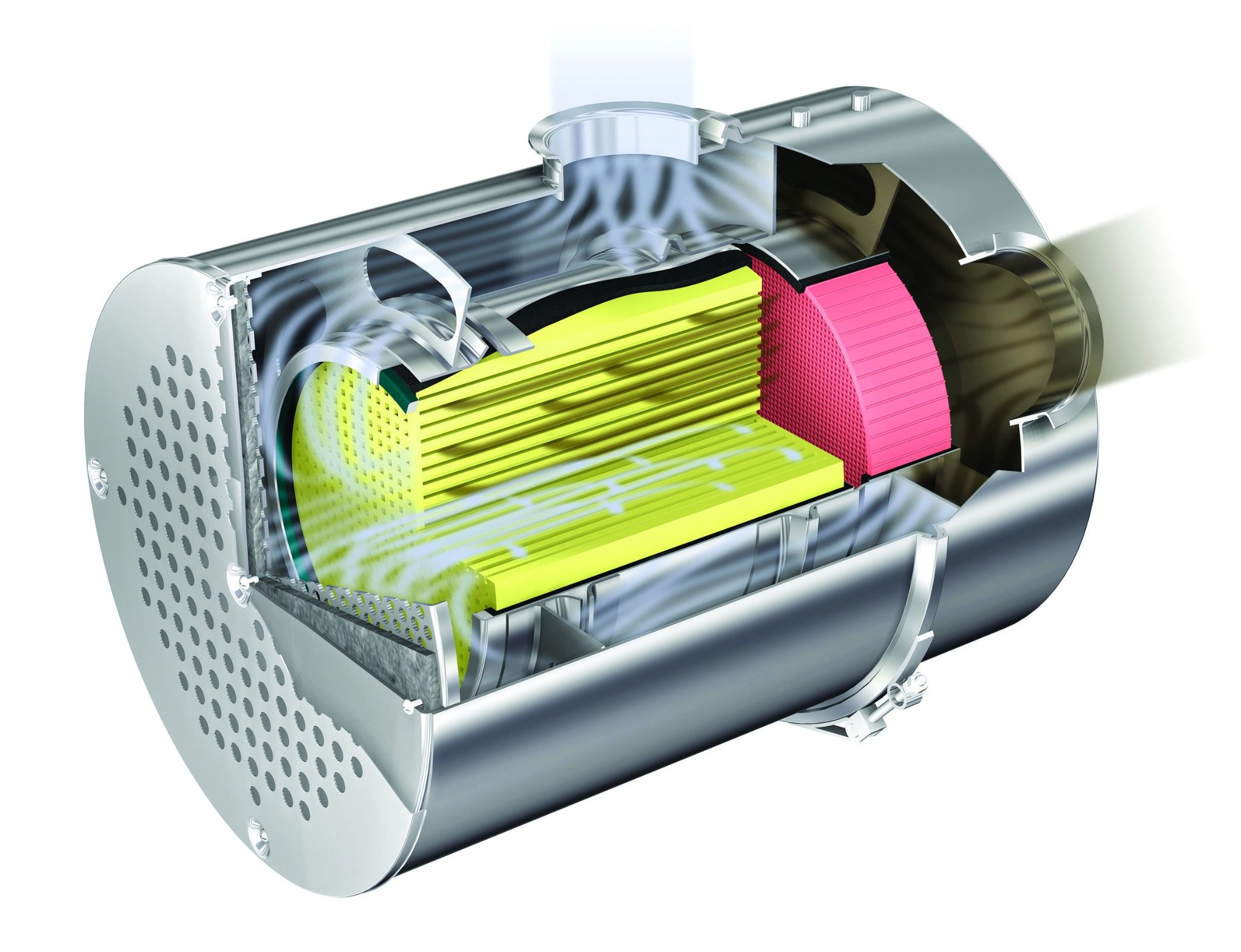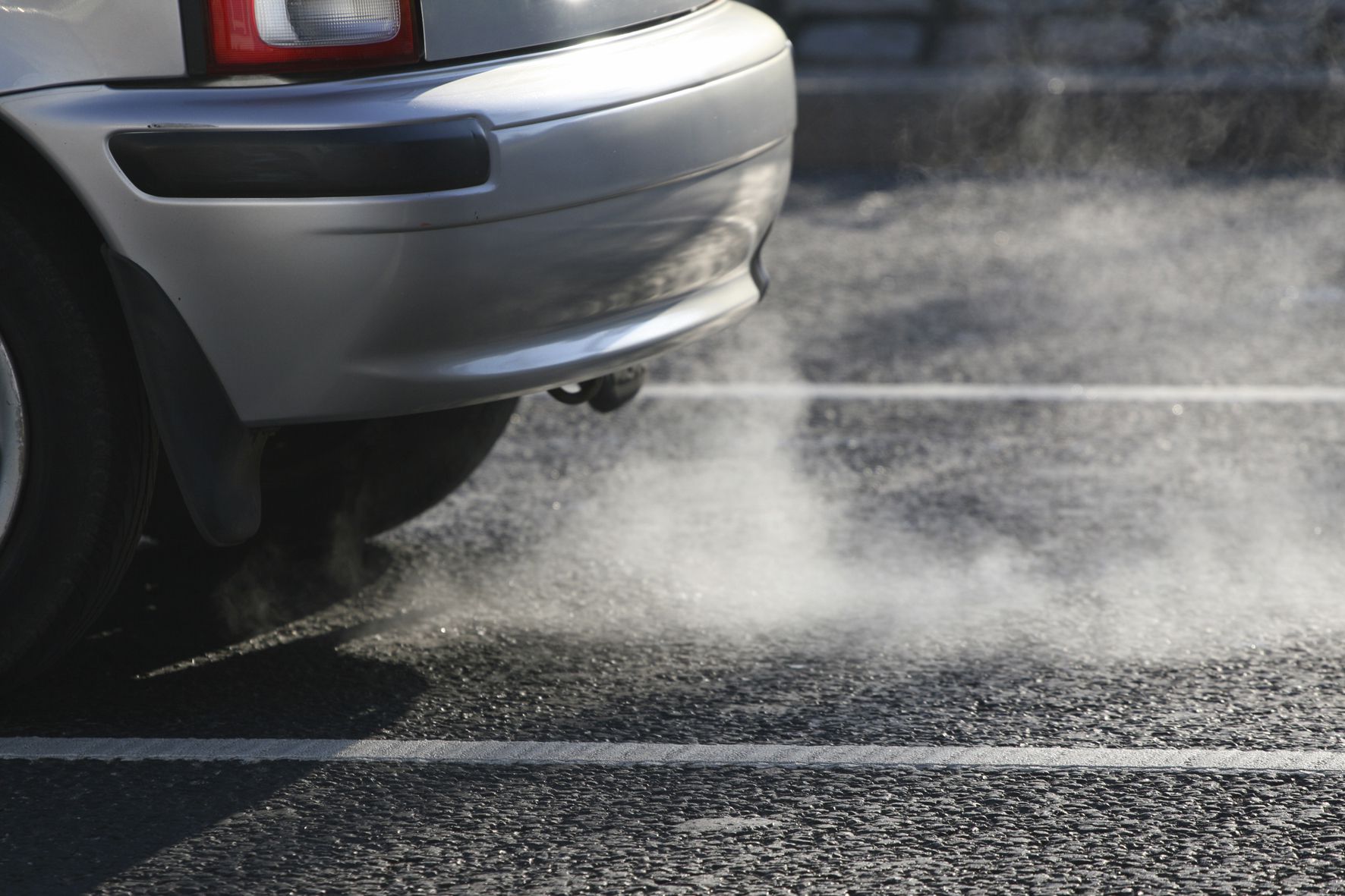A guide to Diesel Particulate Filters; why your car does or doesn’t have one, or you want to know whether or not you should have yours removed.
What is a Diesel particulate filter?
The DPF is, essentially, just a filter. It traps the exhaust soot produced by diesel engines in a bid to reduce the tell-tale cloud of black smoke that occasionally emits from diesel cars’ exhausts when you put your foot down.

Does my car need a DPF?
If your car was never fitted with a DPF when it was built, then no, you don’t need to fit one, but if your car came with one, it’s a legal requirement and part of the MOT test.
Cars built after 2009 will certainly have one, and some pre-2009 vehicles may also have one.
If you are found to have removed your DPF, you could be fined up to £1,000 (or £2,500 if you drive a van). It can also invalidate your insurance.
Can a Diesel Particulate Filter become clogged?
Yes. Like any filter, DPFs can become blocked with soot.
This happens when the filter is operating below its most efficient temperature – usually at low speeds around town – and the soot can’t burn away.
If this happens, you might get an orange warning light on the dashboard, but you shouldn’t worry too much, because it’s usually a simple fix.
How do I fix it?
Most of the time, a DPF can be cleared by being allowed to regenerate.
This happens naturally when the car is running at speed and the exhaust is at its hottest, causing the soot to burn away, but some systems will also regenerate themselves.
This so-called ‘active’ regeneration involves burning extra fuel to raise the temperature of the exhaust and burn off the extra soot.
Taking a car for an hour’s drive on the motorway will usually clear the fault, but if it doesn’t, you should contact your local garage.
The fix will usually be fairly inexpensive and could prevent pricier faults from developing.
What can I do to stop the DPF clogging up?
Preventing problems with your DPF starts when you choose whether or not to buy a diesel-powered car.
Short urban journeys don’t allow the DPF to get up to temperature, so if you usually don’t do long trips, you should probably opt for a petrol.
Once you’ve made the decision to go for diesel, though, you should ensure the car gets a long run once in a while to allow the filter to regenerate.
Following the correct servicing schedule can also help, as can using the correct type of oil – some oils contain additives that may block the filter. If you maintain the car correctly, however, there’s no reason why a DPF shouldn’t last for 100,000 miles.
